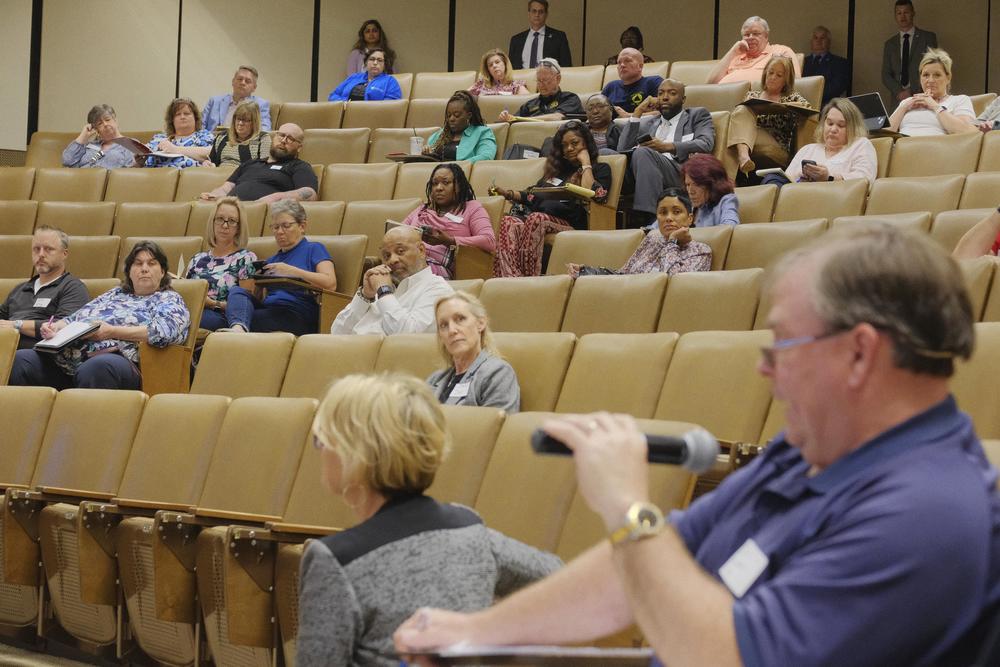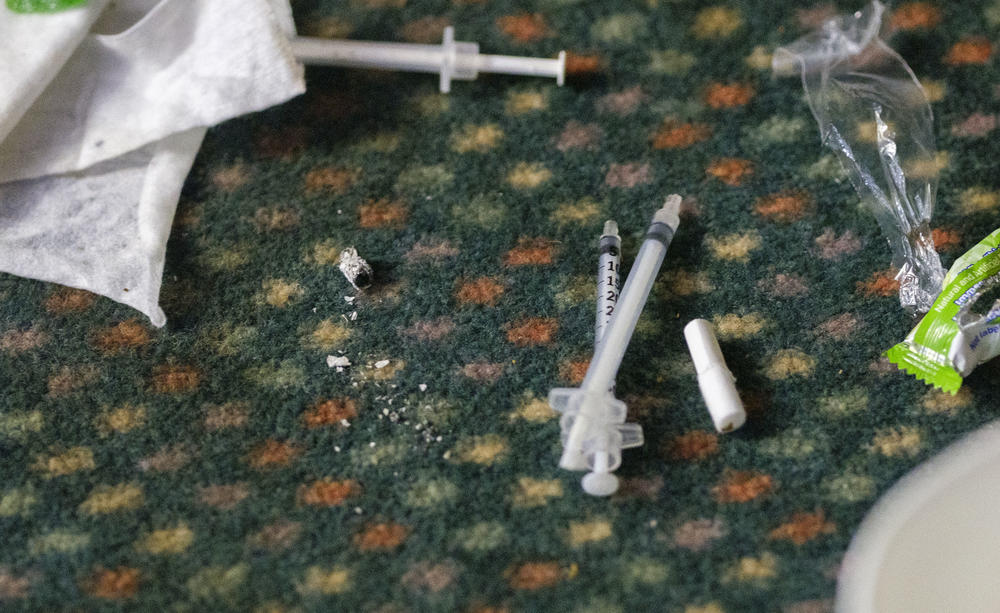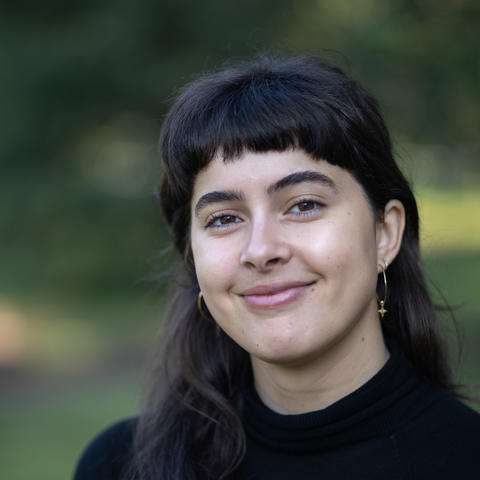
Caption
People affiliated with opioid recovery service providers listen in April to the question and answer portion of the Macon informational session around how Georgia's Opioid Crisis Abatement Trust will disburse millions of dollars of settlement funds.
Credit: Grant Blankenship/GPB News


